For this week’s project, I think the tree we draw in class is pretty beautiful, but I also wanna try if those branches are not tightly and strictly connect with each other, what will happen?
From this question, I started to adjust the angles and the starting point of each line to see what is going to happen, and below is my very first test with the fractal tree example.
Later on, I tried with the spiral shape and test several different options, such as: add new lines, add lines with unconnected angles or positions, and I did find some interesting patterns like flowers and some of them have 3D look:
Reflection:
Though this code is not as complicated as I planned at the very first beginning, I did also gain many new insights. Creating this artwork was not just about generating lines of code; it was about exploring the boundaries of creativity and pushing the limits of mathematical expression. Through the process of experimentation and iteration, I gained a deeper appreciation for the symbiotic relationship between mathematics and art.
The final artwork serves as a testament to the power of human imagination and the infinite potential that lies within each of us. It invites viewers to embark on their own journey of exploration, to embrace the unknown, and to find beauty in the boundless expanse of the infinite.
As I gaze upon the spiraling patterns dancing across the canvas, I am reminded of the words of the mathematician Georg Cantor: “The essence of mathematics lies in its freedom.” In the infinite playground of mathematical art, there are no boundaries, only endless possibilities waiting to be
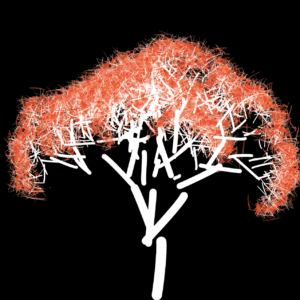
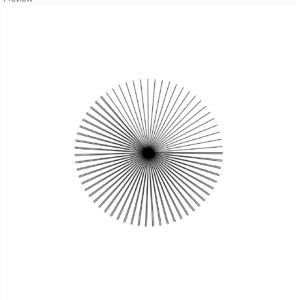
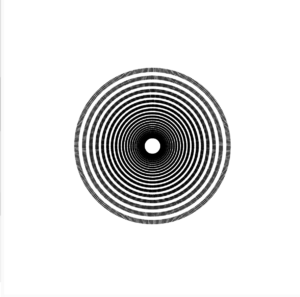
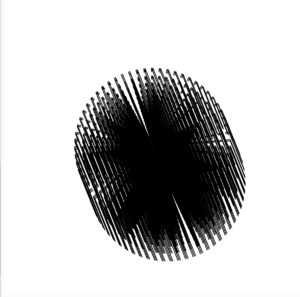
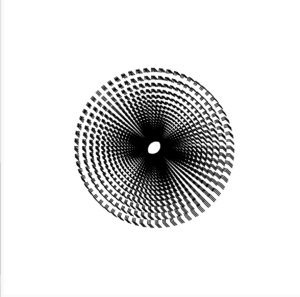
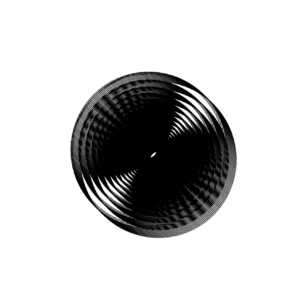
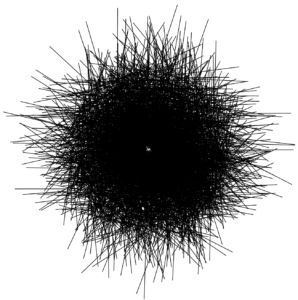
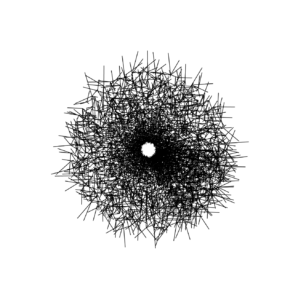
Leave a Reply